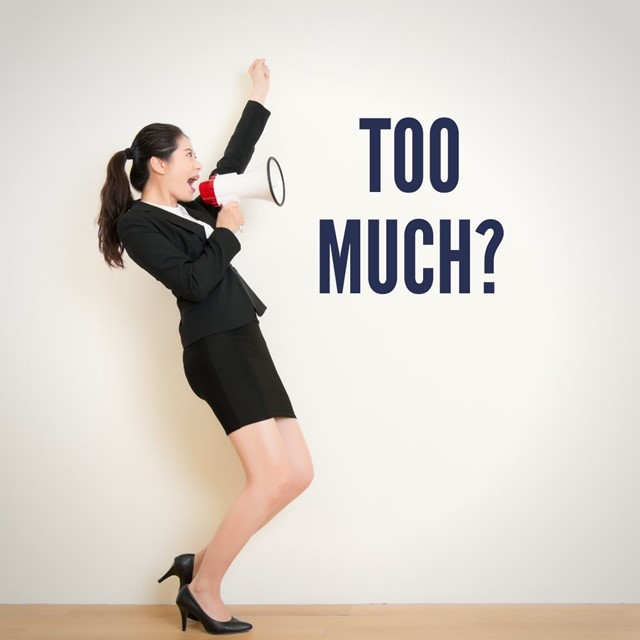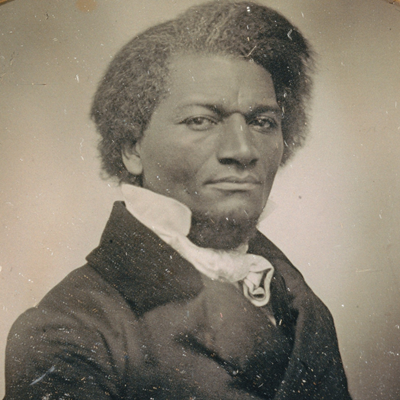
Students of public speaking (in other words, all of us) are often encouraged to dial up their energy: "Energy shows the audience you care. It energizes them."
That's not wrong. But when speakers stay in high-energy mode from start to finish, they don't necessarily get the best from a performance.
Like everything else about public speaking, your energy on stage should be used deliberately
What do we mean by energy, anyway?
Speakers add energy to a presentation through a variety of means:
- Voice, including volume, inflection, and emphases
- Pace of vocal delivery
- Gestures and body language
- Movement around the stage (or front of conference room)
- Eye contact
Sometimes, dialing up just one of these categories provides the bulk of the energy. Sometimes, a speaker is deploying them in combination to show their enthusiasm for a message.
Why high energy all the time works against you
When a speaker starts out at full speed and never varies, a few things can happen.
One, the audience becomes exhausted.
What was exhilarating for three minutes can feel like a ride on a runaway train after ten minutes or a pummeling in the boxing ring at twenty minutes.
Remember, an audience is trying to keep up with material that's unfamiliar to them. In order to take it in, they'll need moments to pause and absorb. Audiences also like to be able to decide how they feel. Your unrelenting hype might actually make them skeptical.
Two, the speaker has no room to go up.
If you're speaking emphatically with every sentence, where can you go with your delivery when you want to drive an important point home? Or build to an exciting conclusion?
For an example of how it looks when you've left yourself no room to elevate, you might recall how Kimberly Guilfoyle was practically screaming by the end of her speech at the 2020 Republican National Convention. She needed to elevate for the conclusion, but she'd been so emphatic from the start that she had nowhere reasonable to go.
Three, the audience doesn’t get enough cues about what’s important.
Your vocal emphases and purposeful movement can help an audience focus on key ideas. When everything is emphasized, you take away that tool from your speaking.
As we say in our classes, you wouldn’t highlight every sentence in a textbook, because they would defeat the purpose of using a highlighter.
The solution: Vary your energy level
Ideally, you match your energy to the message you're trying to convey. For example, maybe you soften your voice when telling a moving story and that will get the audience to lean in and listen. Or maybe you lift your volume and slow your pace as you move to wrap up a point.
Variety is beneficial, even when you don't have a grand plan. Try to notice your energy level in the moment. If you've been speaking loudly for a while, change your tone. If you've been moving quite a bit, take a moment to be still.
Because while energy can help keep an audience engaged, too much of the same thing - enthusiasm included- can bore an audience. Varied delivery is a better way to keep them on board.






